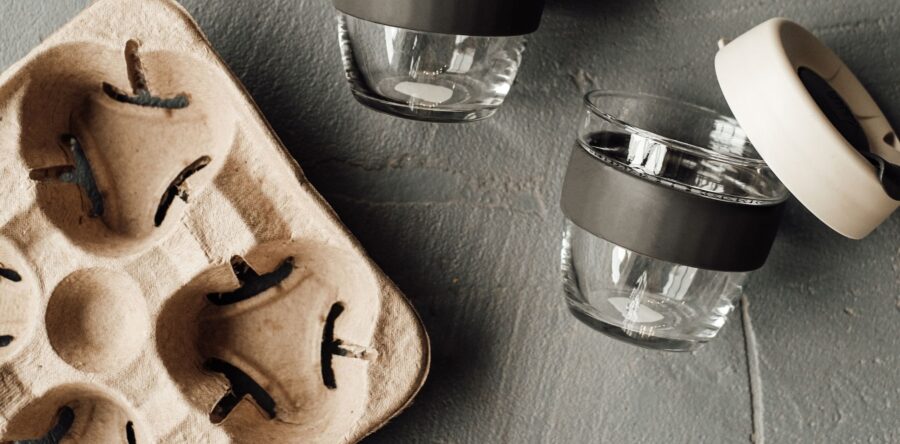Pros and Cons of Molded Pulp Packaging

The world is evolving fast in the molded pulp packaging industry and most businesses don't want to be left behind. Most of them are switching from the plastic packaging world to eco-friendly packaging. This trend shows that the green movement is going to be huge in the next few years.
But the big question is, should you really switch? Is it worth it?
Before we take a look at the pro and cons, let's first see how it's formed.
How molded pulp packaging is formed
Molded pulp packaging is manufactured by recycling fibrous materials, especially natural fibers (wheat straw, bamboo, sugarcane) like recycled paper and cardboard. These materials play a key role in determining the strength, surface texture, and even the color of the packaging.
The packaging is shaped from the initial manufacturing stages and does not start from a flat sheet as opposed to cardboard boxes. Its design involves complex 3D shapes and round corners. An example of this is an egg carton.
Due to technological advancements, the final molded pulp products now have a sophisticated look and feel and a smoother surface. With these improvements, nowadays it’s used widely and not limited to traditional packaging that included end caps and egg cartons only.
Pulp packaging has become an appealing option because of the growing significance of sustainability. Apart from being manufactured from recycled fibrous, it's also recyclable and can be re-used again after its end-use. If it doesn't get recycled for a reason, the molded pulp, unlike Styrofoam and plastic packaging, is biodegradable.
The molded pulp can distinctively be identified and categorized into four types. These include Thick-Walled – made from a single mold, Transfer Molded – made from one transfer mold and one forming, Thermoformed – made from multiple heated molds, and finally Processed - a unique or secondary treatment process.
Without wasting much time, let's now take a look at the pros and cons of molded pulp packaging.
Pros of Molded pulp packaging
Sustainable to the environment
Ensuring that the environment is safe is one significant benefit of using it. This type of packaging decreases carbon footprint because of the recycled materials used during its production. The manufacturing process doesn't release high carbon emissions.
It's biodegradable
Is molded pulp compostable? Apart from reducing carbon footprint, molded pulp packaging is highly biodegradable. Upon the end of its use, molded pulp packaging can quickly decompose and break down completely. It gives it an advantage against its plastic counterpart.
It has no toxins and allergens
It’s not toxic since its biodegradable and is manufactured from allergy-free materials. The traditional packaging is produced from petrochemical and synthetic materials that can pollute the environment and emit toxic gasses if they contact heat.
Molded pulp packaging is reusable
The eco-friendly materials used to make it allow it to be re-used once its end life is achieved. The molded pulp can be repurposed to generate other eco-friendly products for various industries.
Improves pulp packaging suppliers image
Since a majority of people are now more interested in eco-friendly products than before, switching to the molded pulp can significantly boost how people view your company or business. This is a positive impact as far as brand image is concerned. Prolonged use of plastic products can damage your brand's reputation as people will start associating your business with non-sustainable products.
Going eco-friendly can also help attract more customers, especially those who are environmentally conscious.
Reduces costs
Molded pulp packaging is lightweight and cuts down on excess space. This can drastically reduce packaging waste hence reducing overhead and shipping costs.
Cons of molded pulp packaging
Just like any other industry, pulp packaging has its downside as well.
Costly to switch
Small businesses might find it very expensive to switch to eco-friendly. Switching to green materials can cause a shift in the cost of operations, primarily in the production process. Even though you are likely to achieve cost-saving at a particular point, it's not clear at which point it will happen.
Requires crop cultivation
Since molded pulp comes about as a result of recycling fibrous materials such as corn, it has been criticized by some people who feel like such crops can be used to feed the needy instead of being used as a byproduct.
So, is it worth it?
Comparing the pros and cons, we can conclude that it is worth investing in. But it's also worth noting that molded pulp can only be utterly environmentally friendly if disposed of properly. It all comes down to social responsibility.
